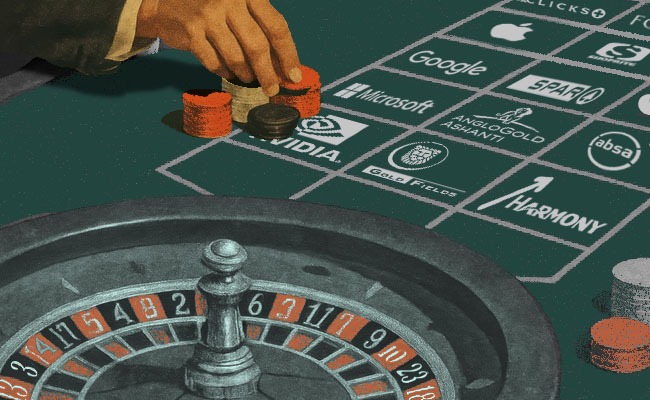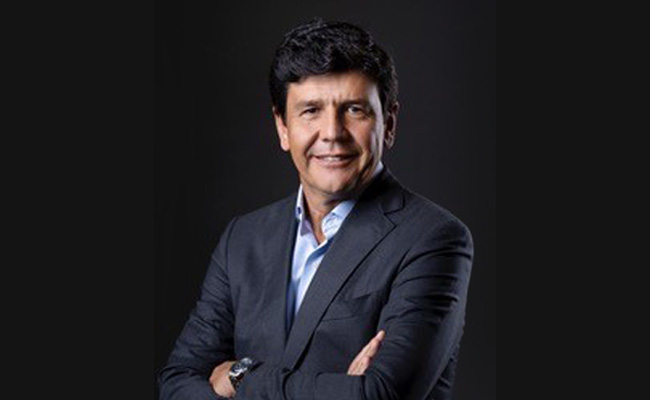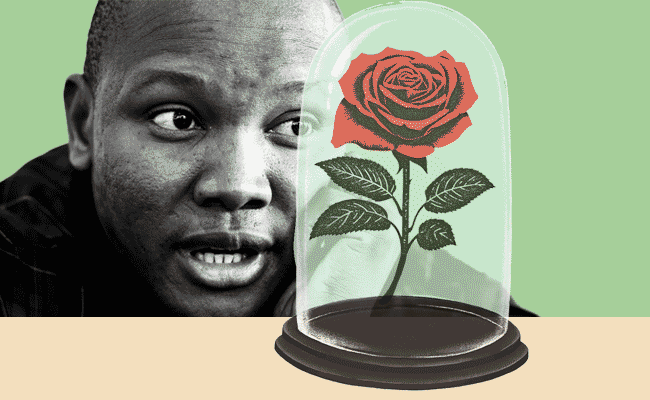One of my favourite market stories is from the mid-1980s, when a group of girls from Vryburg Hoërskool entered a portfolio competition run by the JSE. Each team was given imaginary money to invest in listed shares, with the aim of encouraging young people to understand the stock market and analyse businesses. Over six months, teams could trade freely, and the team with the highest portfolio growth would win.
The Vryburg girls paid no attention to the authoritative teachings of Benjamin Graham, whose foundational approach to investing favoured diversification, intrinsic value, and a healthy dose of caution. They put everything into Villages, a faded mine south of Joburg that had seen its heyday in the very early days of mining on the Witwatersrand and whose remaining value lay in its pillars and tailings dump. It was a bold, unconventional move. But they won. Hands down.
At a JSE meeting analysing the various teams’ performances, the committee purists were indignant. It just wasn’t cricket. The girls hadn’t built a proper portfolio of dividend-paying stalwarts run by Rand Club regulars. But they’d done what the contest asked. They simply made more money than anyone else.
I learnt a lesson I’ve never forgotten. Sure, concentrated bets can fail. But so do diversified portfolios. They just fail more politely.
I’ve since run my own competition. It began during lockdown in 2021, when I invited a few friends from the investment industry to each choose five JSE-listed shares to hold for a year. The prize? A bottle of Louis Roederer Cristal Champagne.
What began as a light-hearted contest among investors with the courage to test their market instincts and treat stock picking as both an art and a sport has grown enormously. This year, 443 people took part.
Not in the textbooks
The traditionalists say diversify. Spread your bets. Hedge your risks. But from the beginning, I’ve found that the winners don’t read textbooks. This year, three contestants chose five gold stocks each, and won handsomely. Once again, concentrated bets trumped standard-issue, orthodox portfolios.
Critics argue that in a game, it’s easy to take conviction bets, but in real life, the cost of failure is far higher. Yet protecting clients from risk can also mean shielding them from reward.
Over the past few years, we’ve seen how unpredictable the world can be. The Covid pandemic dislocated global economies, triggering a sharp market crash followed by an aggressive rebound, fuelled by massive stimulus and zero interest rates. Logistics bottlenecks led to shortages across manufacturing, retail and energy. Remote work and e-commerce surged, reshaping consumer and corporate behaviour.
As economies reopened, pent-up demand met constrained supply, driving prices higher. Add to that the Russia-Ukraine war, US-China tensions, and shifting global alliances. Volatility became the new normal. Then came the rates shock. After a decade of ultra-low interest rates, central banks reversed course, hiking at the fastest pace in decades. Bond yields hit 15-year highs. The era of cheap money ended abruptly.
Amid this uncertainty, a quiet revolution began. Three years ago, ChatGPT arrived with little fanfare but quickly reshaped how people communicate, work and think. What seemed like a novelty became a turning point, unleashing a wave of innovation not seen since the rise of the internet.
AI became a bright spot in an otherwise choppy market. And now, some investors are asking whether it’s time to rotate out and reduce exposure to volatile, high-stakes tech and return to the comfort of traditional diversification. Add a few retailers. A bank or two. Maybe a construction business.
Tech valuations have run ahead of fundamentals in places. But I’m wary of exiting too early. The AI revolution is still in its infancy. It’s not about chatbots, it’s about foundational shifts in how industries operate – from health-care diagnostics to supply chain optimisation, autonomous systems to drug discovery.
And while some valuations look stretched, recent results from Alphabet, Microsoft, Amazon and Meta remind us that investing in these businesses isn’t speculative. They’re cash-generative, dominant brands with deep moats. Capital expenditure in data infrastructure, semiconductors and cloud services is still expanding. These are structural trends, not passing fads.
My concern is not whether tech is expensive. It’s what we’d be rotating into. Traditional cyclicals may benefit from rate cuts and a rebound in consumer demand, but they face their own challenges. Tastes have changed. Many industries we once venerated are in secular decline.
So, the real question isn’t whether AI is overvalued. It’s whether anything else offers better long-term returns.
The girls from Vryburg Hoërskool didn’t know they were making a statement about portfolio theory. They weren’t trying to challenge Benjamin Graham or rewrite the rules of prudent investing. They simply backed a conviction and won.
Today, the stakes are higher, the tools more sophisticated, and the companies more complex. But the principle remains. Sometimes, the best returns come from having the courage to concentrate, not diversify.
That doesn’t mean abandoning caution. It means recognising that conviction, when paired with insight, can be more powerful than a spreadsheet full of hedges.
The AI revolution is still unfolding. The portfolio winners won’t be those who rotate out too early, chasing comfort. They’ll be the ones who, like the Vryburg girls, saw something others didn’t, and stayed the course.
David Shapiro is the chief global equity strategist at Sasfin Securities and champion of the firm’s Cristal Challenge trading competition. He has been trading the JSE – and other markets – for the past 53 years. He remains a long-suffering Arsenal fan.
Top image: Rawpixel/Currency collage.
Sign up to Currency’s weekly newsletters to receive your own bulletin of weekday news and weekend treats. Register here.












